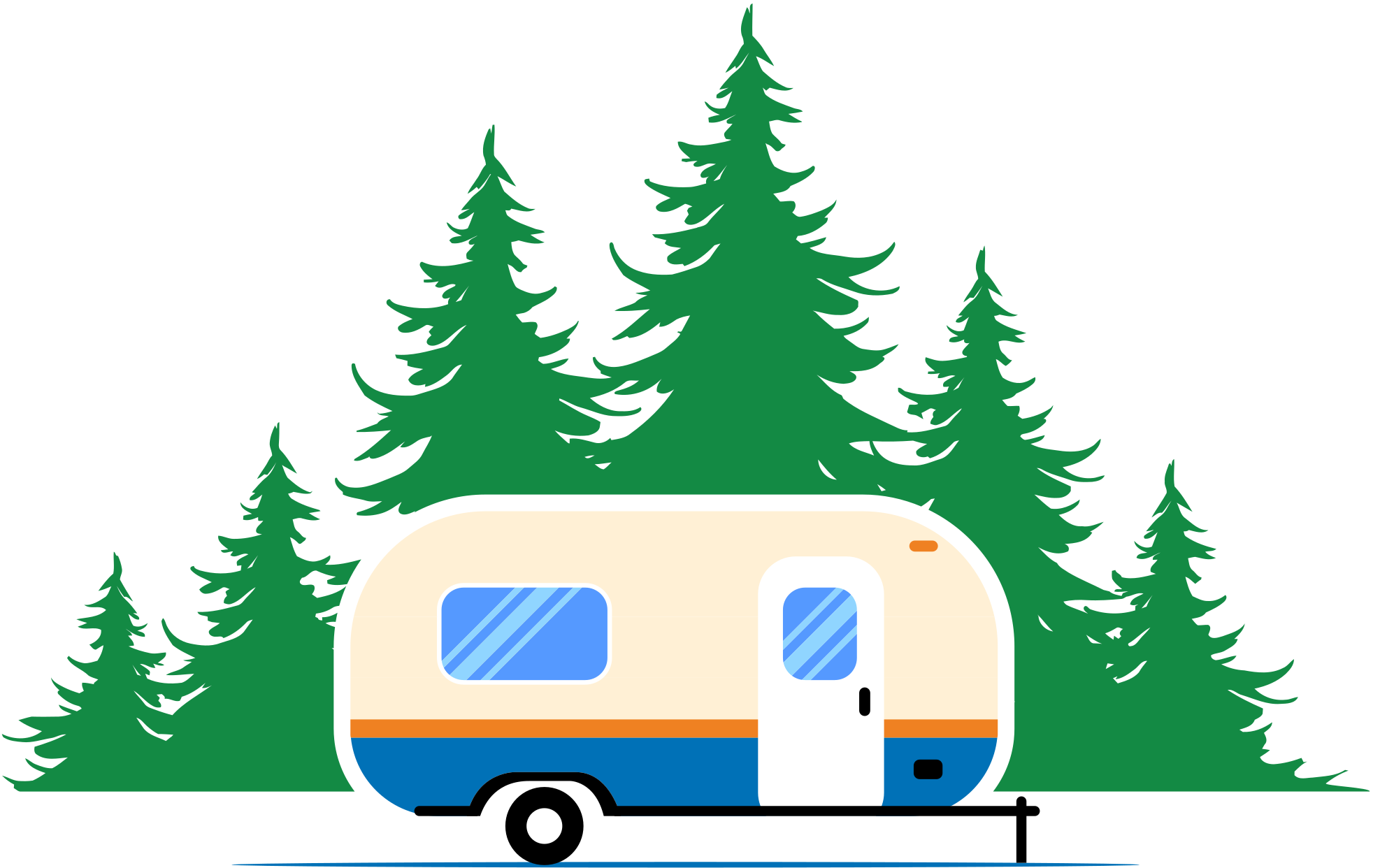
Wintertime means it's time to prepare your mobile home for the upcoming cold months. Knowing how to winterize your RV camper is crucial to protect your investment and ensure it's ready for your next on-the-road adventure.
In this guide, Capital Recreation will explain how to winterize RV campers, covering essential steps from insulation to antifreeze application. Whether you're a seasoned RVer or new to the lifestyle, these tips from your trusted RV dealer in Ontario will help you safeguard your home on wheels.
Key Steps To Winterize Your RV Camper
Winters in Canada can get undeniably chilly, which means it's crucial to get your RV ready for the lower temperatures. Winterizing an RV is a critical process that protects it from freezing temperatures and potential damage. Here are the essential steps to winterize an RV camper:
Blow Out the Waterlines
Use an air compressor to remove any remaining water from the pipes. Attach the compressor to the city water inlet and set it to about 30-40 PSI.
Open each faucet one at a time, including the shower and outdoor shower, until no more water comes out. This step is crucial to prevent freezing and potential pipe damage, especially in hard-to-reach areas of the plumbing system in your RV.
Install Skirting
RV skirting creates a barrier around the bottom of your camper, reducing heat loss and protecting the undercarriage from cold winds. You can use vinyl skirting, plywood, or even hay bales for a cost-effective solution.
Ensure the skirting is properly secured to withstand winter winds. This not only helps keep your RV warmer but also protects pipes and tanks from freezing.
Add Antifreeze
Pour RV-specific antifreeze into the water system. This non-toxic solution protects your plumbing from freezing temperatures. Use a water pump converter kit to bypass the water heater and pump antifreeze directly into the system.
Run each faucet until you see pink antifreeze coming out. Don't forget to pour some into the toilet and all the drains. This process ensures that all pipes and p-traps are protected from freezing.
Improve Insulation
If you’re looking for tips to stay warm in your RV while winterizing it, especially in cold winters, invest in insulation. Add extra insulation to windows, doors, and any potential drafty areas.
This step helps maintain a consistent temperature inside your RV. Use foam board insulation or heavy curtains for windows. You should also apply weatherstripping around doors and slide-outs. Consider insulating the underbelly of your RV with foam board or fibreglass insulation for added protection against cold air infiltration.
Find Your Next RV With Capital Recreation
From investing in good insulation to ensuring proper drainage and sealing, learning how to winterize RV campers involves several steps that can help protect your investment. At Capital Recreation, we're Canada's go-to RV dealer, so we know the importance of having a comprehensive RV interior checklist and finding the perfect ride for your on-road adventures.
Contact Capital Recreation at (833) 758-1244< for all your RV winterization needs or to find your next camper in Ontario.

